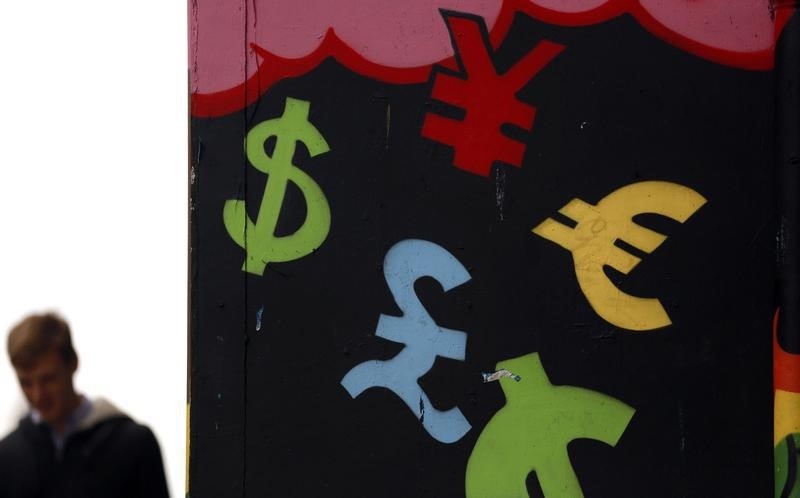Nvidia AI chips targeted in China customs crackdown- FT
On Friday, the Hong Kong Monetary Authority (HKMA) intervened in the currency market, buying U.S. dollars and injecting approximately HKD 46 billion in liquidity. This move was triggered as the Hong Kong dollar (HKD) touched the strong side of its convertibility band at 7.75, a level that prompts mandatory intervention under the Linked Exchange Rate System (LERS).
The HKMA’s action aligns with the established procedures of the LERS, underscoring the authority’s longstanding commitment to this system. The strong side convertibility undertaking, which obligates the HKMA to purchase USD and issue HKD base money, does not face constraints like foreign reserve availability that might apply on the weak side of the band. The introduction of the 7.75 level in 2005 aimed to minimize market uncertainty and limit the HKMA’s discretion in managing the currency peg.
The LERS mechanics dictate that the HKMA’s liquidity injection should lead to an increase in the aggregate balance, or the supply of HKD liquidity. This is expected to exert downward pressure on HKD interest rates and the cost of obtaining HKD in the currency markets, known as HKD points. As demand for HKD persists, this may result in further USD purchases and HKD liquidity injections by the HKMA.
However, the impact of these operations on the market may be moderated by several factors. Notably, the availability of intraday repurchase agreements (repos) at no cost has allowed banks to access liquidity beyond the headline day-end aggregate balance, which stands at approximately HKD 45 billion, or the projected aggregate balance of around HKD 91 billion following the HKMA’s recent market intervention.
The consistent intraday aggregate balance above HKD 200 billion over the past few years suggests a substantial liquidity cushion that could dampen the immediate effects of the HKMA’s actions.
This article was generated with the support of AI and reviewed by an editor. For more information see our T&C.
